50 years after Liberation Day, Major General Vo So, former Political Commissar of Army Corps 12 - a living witness to the days of secretly opening the way for Campaign 275 still remembers this special period clearly.
FROM THE FIRST ESTABLISHMENT OF THE AUTOMOTIVE DIVISION TO SERVE THE CENTRAL HIGHLANDS FRONT
This year, at an age that is "rare in the past and present", Major General Vo So is still very clear-headed. He can sit for hours telling stories about how the troops crossed the Truong Son range to save the country. Knowing that we were interested in stories related to the Tay Nguyen campaign, the old general rummaged through a thick file of documents, bringing out a faded black and white photo to tell the story.
“Around early 1975, I was assigned to be Deputy Political Commissar, Party Committee member of Truong Son Command, and battlefield envoy. At that time, to directly serve the campaign to liberate the Central Highlands, the Forward Command was urgently established,” Major General Vo So recalled.
General So, who at that time held the rank of Lieutenant Colonel, was not only a combat commander but also directly "at the forefront" of logistics, engineering and transportation work.
“It was a special Forward Command,” he said, his voice low in the middle of a small room on a Hanoi street corner. “We didn’t just fight, we also had to worry about the roads, the vehicles, every shipment – every breath of the campaign.”
To undertake this heavy task, an unprecedented logistical organization system in the history of the Vietnam People's Army was immediately formed. The Forward Command consisted of 3 Divisions: Engineer Division 479 - opening the road; Infantry Division 968 - protecting and holding the post; Automobile Division 471 was tasked with delivering hundreds of tons of artillery shells, food, and weapons deep into the enemy's heartland. In addition, 2 engineer regiments 574 and 575 were also established to serve the opening of the road, ensuring the smooth flow of the entire route.
“That is a rare milestone,” the Major General emphasized, explaining: This is also the first time in history that we have had automobile transport units organized at the divisional scale to serve in combat.
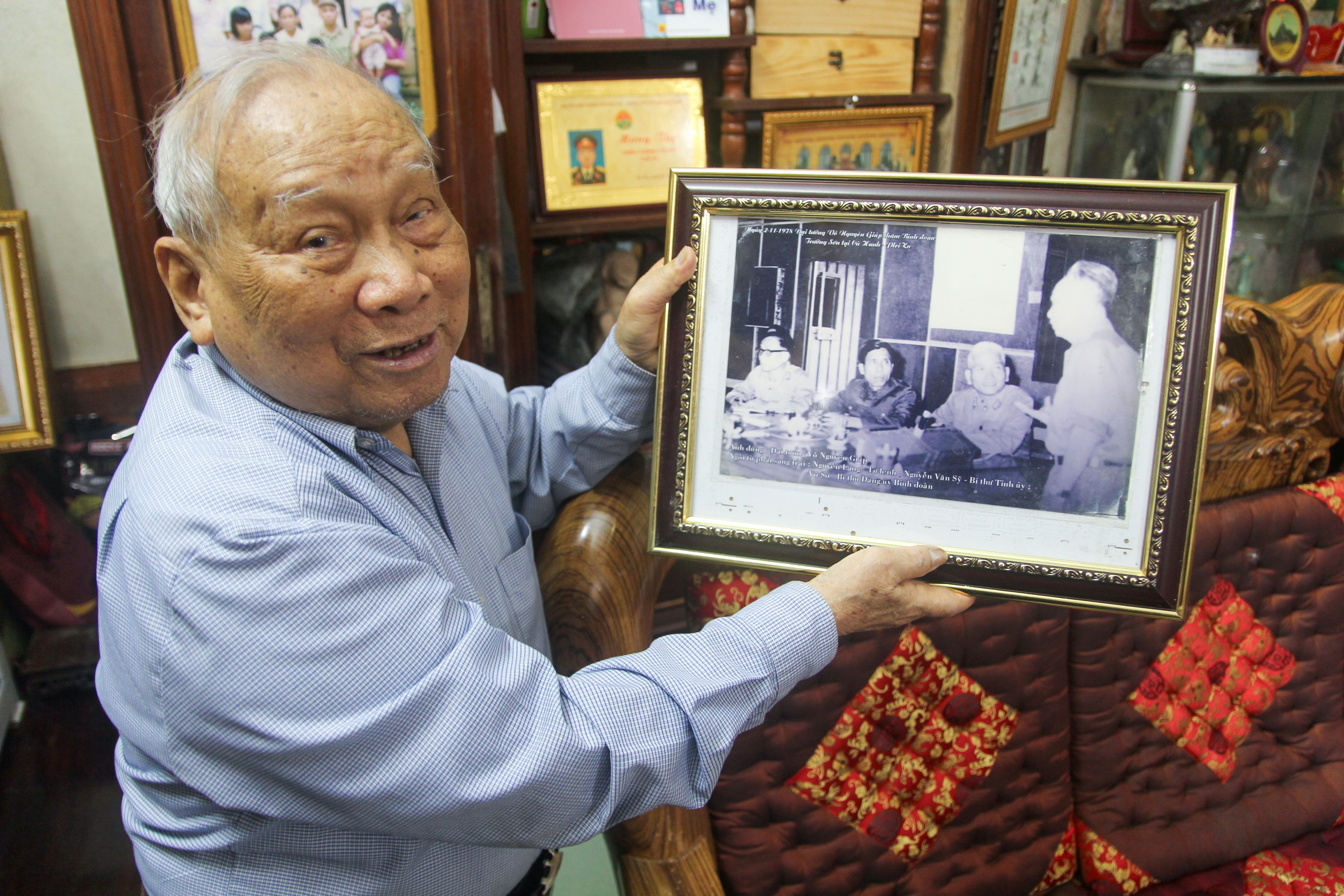
Major General Vo So
Former Political Commissar of Army Corps 12
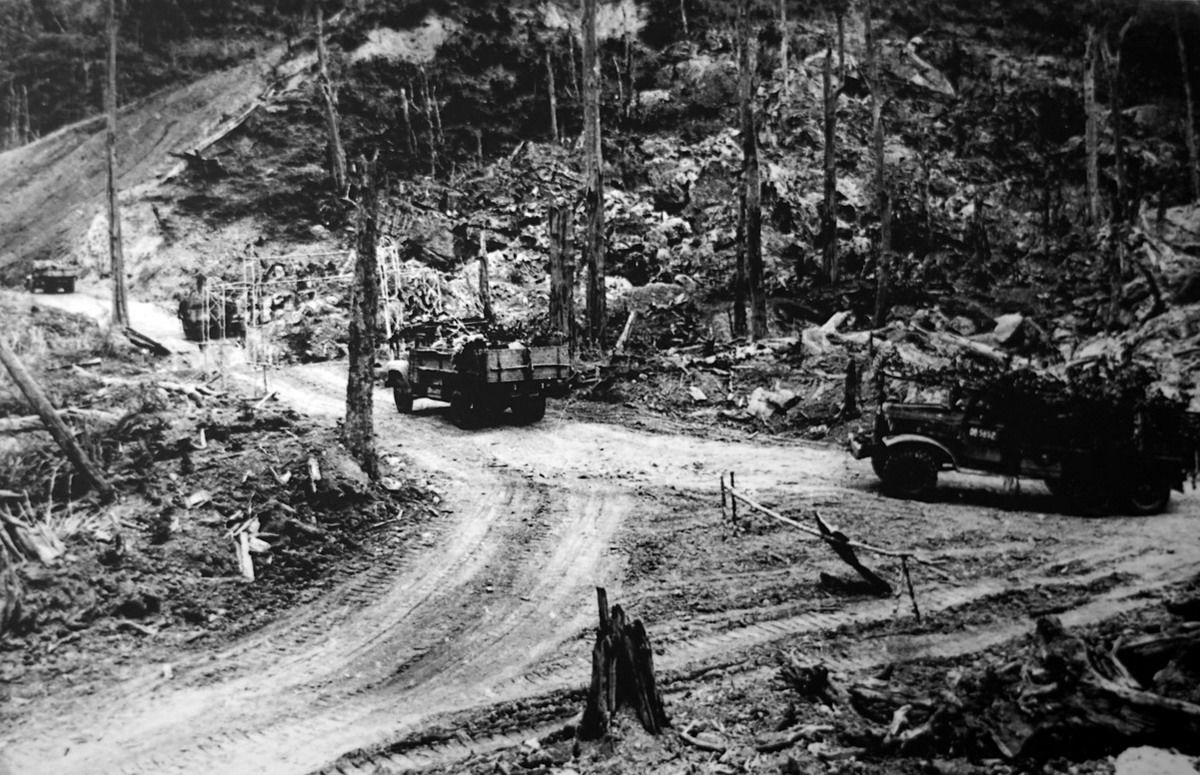
Convoy of cars on Truong Son road. (Photo: Archive)
Trucks cross Truong Son road, entering the south during the resistance war against America to save the country. (Photo: Archive)
Thanks to this wise decision, our troops and thousands of tons of equipment and technology were able to move to the Central Highlands in safety and secrecy. Specifically, the 316th Division was mobilized by the 471st Automobile Division to assemble around Highway 19. At the same time, the 968th Division from Lower Laos was also brought to Gia Lai and Kon Tum to replace the 10th Division in a diversionary operation in the northern direction of the campaign.
Major General Vo So especially remembers the transportation of more than 100 tons of artillery shells to the artillery site to open the battle of Duc Lap [now Dak Mil district, Dak Nong province-PV]. This was also the opening battle for the entire Tay Nguyen campaign in March 1975.
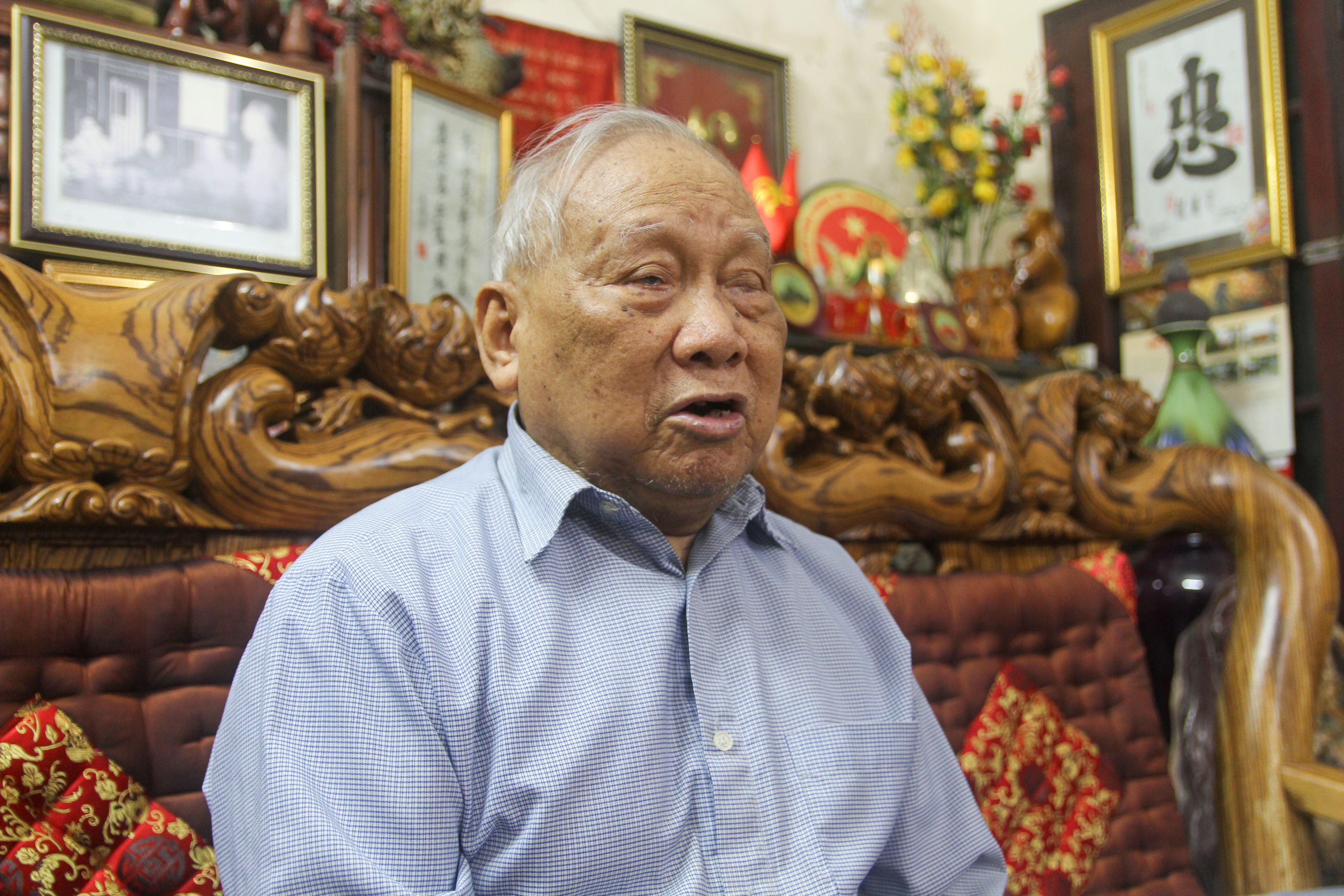
Despite his "rare" age, Major General Vo So is still exceptionally clear-headed.
From March 4, 1975, the 471st Transport Division received a new mission. That was to organize forces, secretly move, and bring more than 100 tons of artillery shells to assembly positions to prepare to attack Duc Lap.
Major General Vo So
Time was extremely urgent. The camouflaged convoys set off silently. To be on time, the vehicles were allowed to drive extra hours in the early morning and late afternoon every day. When they reached a suspected enemy location, the drivers were forced to turn off their lights and drive by… memory. Despite the difficulties and hardships, no one backed down. All they had was the determination to deliver the goods to the battlefield on time. Just like that, each old vehicle quietly advanced. The wind stung their faces, the dust obscured their eyes, but none of them complained.
Thanks to timely logistics, on March 9, 1975, local troops and guerrillas coordinated with Division 10 and 316 main troops to simultaneously open fire on Duc Lap. After 2 days and nights of heroic fighting, our troops captured the district capital; destroyed and disintegrated most of the enemy troops, captured 100 soldiers, and seized 4 artillery pieces, 20 tanks and enemy armored vehicles.
This was also an important victory that contributed to boosting the offensive spirit on the entire battlefield, opening an important turning point for the Central Highlands campaign in particular and the historic Ho Chi Minh campaign in general.
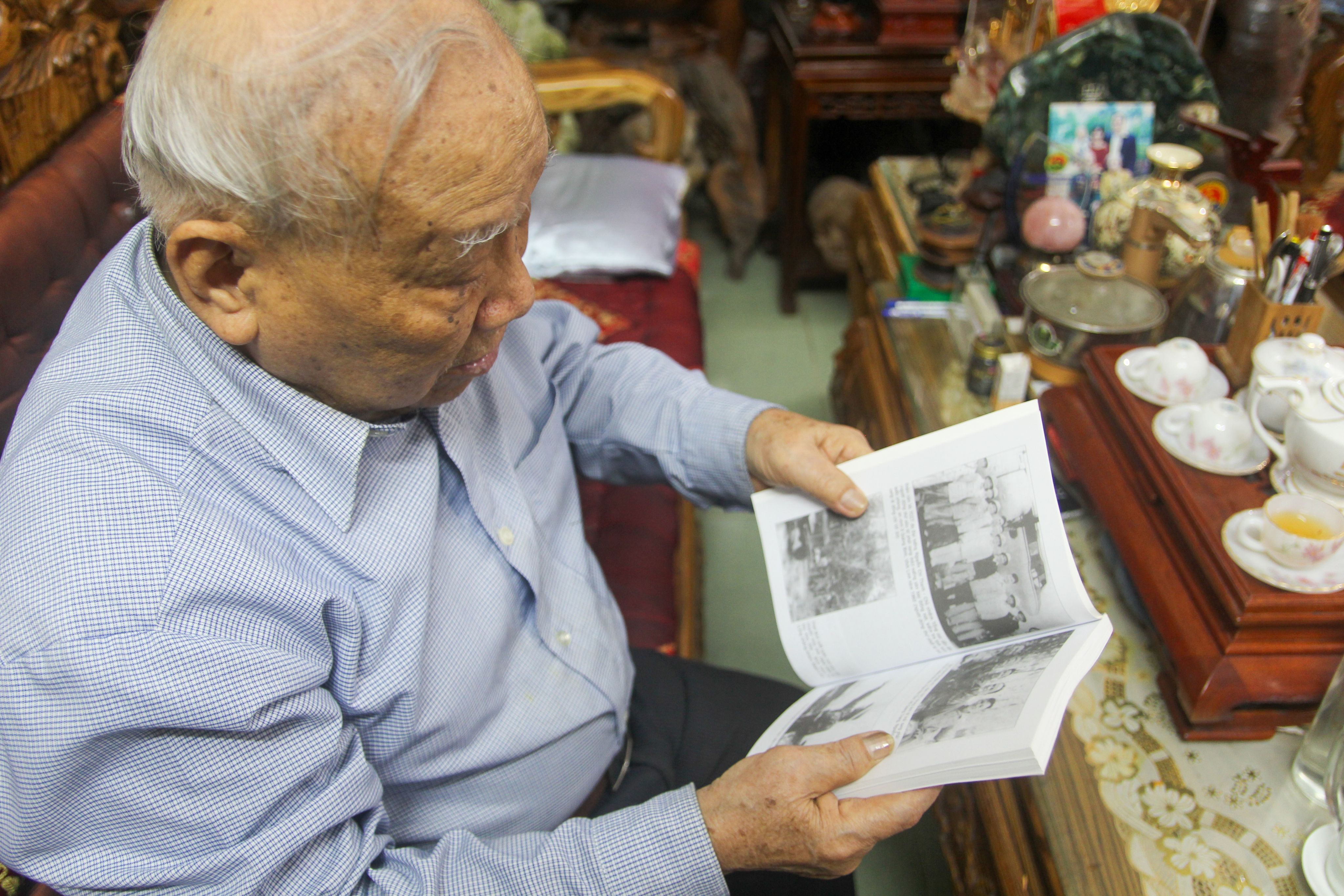
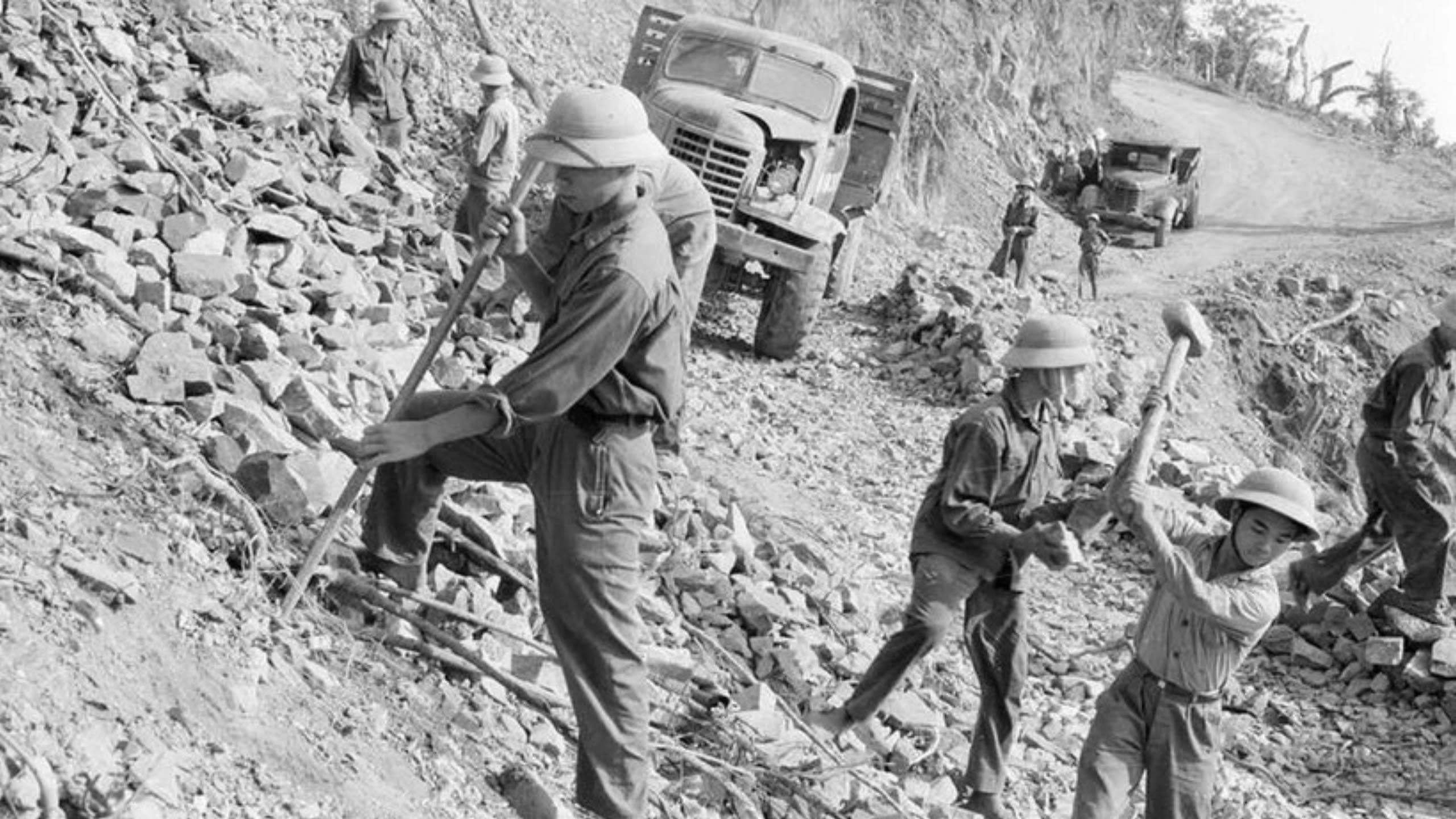
The Tri Thien Youth Volunteer Force opened the Truong Son road, connecting the inter-provincial transport system to serve production and life in the liberated area. (Photo: VNA)
Tomorrow morning, those roads will be filled with soldiers fighting in a big battle.
Major General Vo So
… TO THE MATTER OF CLEANING THE ROAD BUT NOT TO… KILL TREES
Talking about the milestone of Duc Lap victory on March 9, 1975, the old general's memory suddenly returned to how skillfully and skillfully our Truong Son troops had opened the road. He said that, besides establishing automobile transport divisions, our engineering force also exerted all its efforts to contribute to the victory in the Central Highlands.
Specifically, from February 1975, the 574th and 575th Engineer Regiments continuously opened routes from Gia Lai to Dak Lak, especially the vertical axes including routes 50B, 50C, 50D approaching Buon Ma Thuot; at the same time, repaired and restored other damaged routes.
In particular, to avoid being discovered, our engineers divided into small groups, brought saws and sawed down each large tree trunk along the 20km long road towards Buon Ma Thuot.
“We only sawed half of the tree, but left a part so that it wouldn’t fall. From the outside, the forest looked green, but with just a command, our vehicles would push the forest down to charge forward,” Major General Vo So said with satisfaction.
He said that the night before the attack on Buon Me Thuot, the whole unit was so restless that they couldn’t sleep. “Tomorrow morning, those roads will join the troops in the big battle,” he said, his voice choked with emotion.
Thanks to that unique and creative approach, the vital routes were opened, forming a steel pincer to tighten Buon Ma Thuot. At exactly 2:03 a.m. on March 10, our army began to attack Buon Ma Thuot.
By 11:00 a.m. the same day, the flag of the National Liberation Front was raised on the flagpole of the puppet 23rd Division Command Headquarters. Our army completely controlled Buon Ma Thuot town, completing the key battle that decided the victory of the Central Highlands campaign.
Source: https://special.nhandan.vn/ke-hoach-tuyet-mat-tay-nguyen/index.html


![[Photo] National Assembly Chairman Tran Thanh Man chairs the meeting of the Subcommittee on Documents of the First National Assembly Party Congress](https://vphoto.vietnam.vn/thumb/1200x675/vietnam/resource/IMAGE/2025/5/8/72b19a73d94a4affab411fd8c87f4f8d)
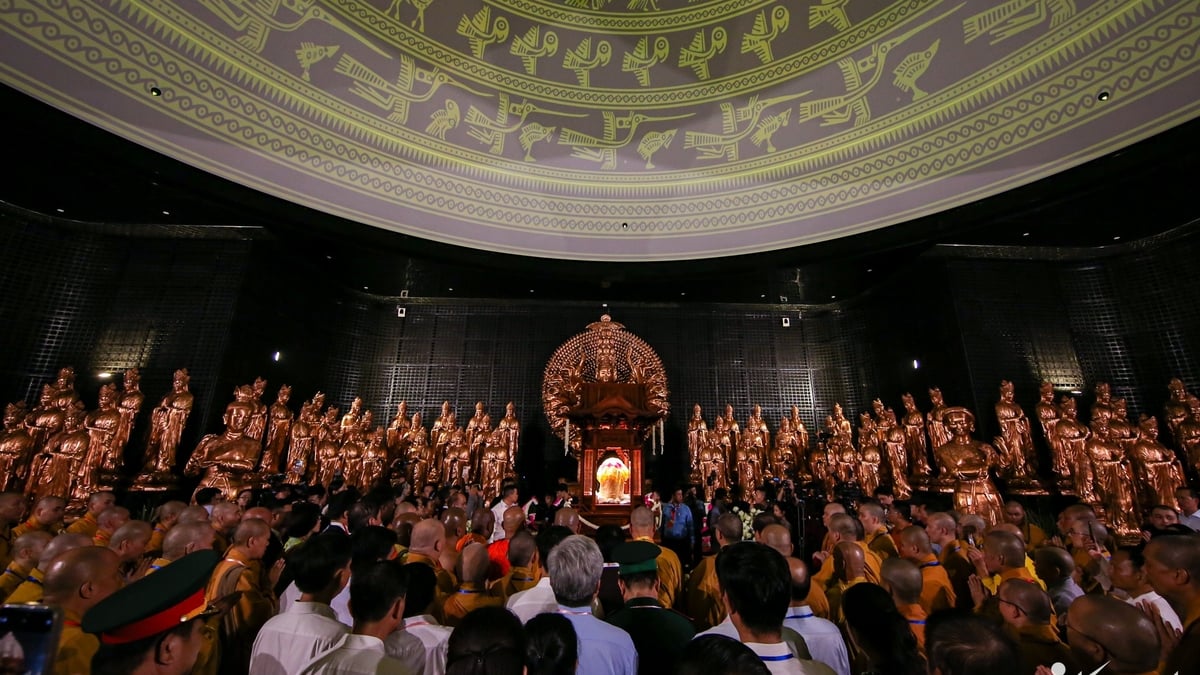
![[Photo] General Secretary To Lam begins official visit to Russia and attends the 80th Anniversary of Victory over Fascism](https://vphoto.vietnam.vn/thumb/1200x675/vietnam/resource/IMAGE/2025/5/8/5d2566d7f67d4a1e9b88bc677831ec9d)

![[Photo] President Luong Cuong presents the decision to appoint Deputy Head of the Office of the President](https://vphoto.vietnam.vn/thumb/1200x675/vietnam/resource/IMAGE/2025/5/8/501f8ee192f3476ab9f7579c57b423ad)
![[Photo] Prime Minister Pham Minh Chinh meets with the Policy Advisory Council on Private Economic Development](https://vphoto.vietnam.vn/thumb/1200x675/vietnam/resource/IMAGE/2025/5/8/387da60b85cc489ab2aed8442fc3b14a)


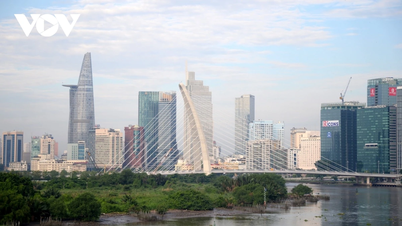



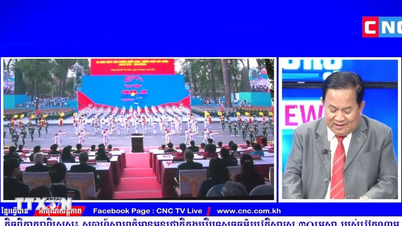

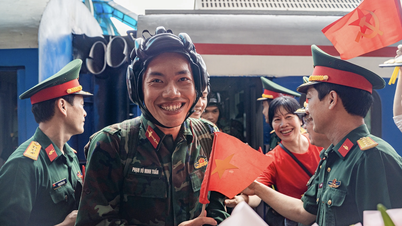

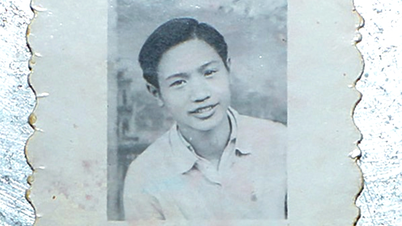
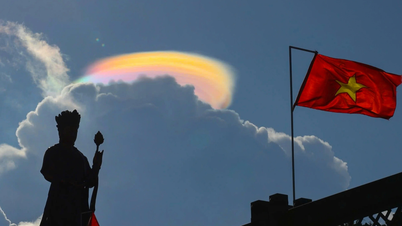
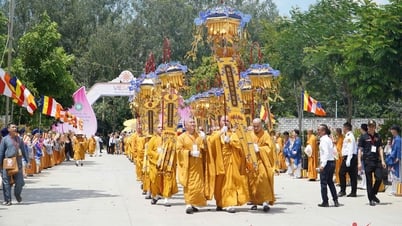
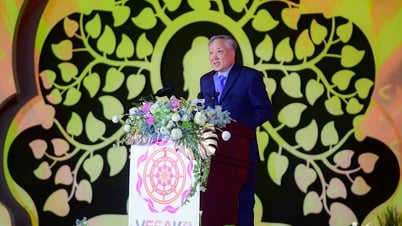
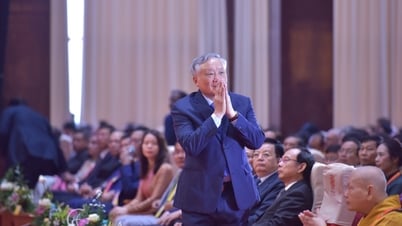
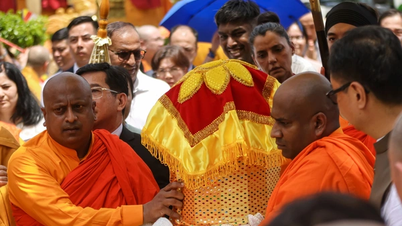
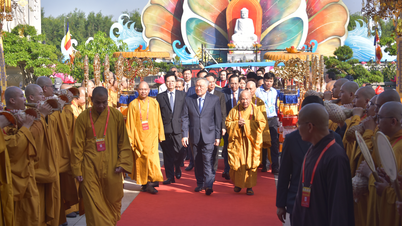





![[Video] Institute of Social Science Information celebrates 50th anniversary](https://vphoto.vietnam.vn/thumb/402x226/vietnam/resource/IMAGE/2025/5/8/541d6946f8a14ed3824d7a3edafc652c)
![[Photo] General Secretary To Lam begins official visit to Russia and attends the 80th Anniversary of Victory over Fascism](https://vphoto.vietnam.vn/thumb/402x226/vietnam/resource/IMAGE/2025/5/8/5d2566d7f67d4a1e9b88bc677831ec9d)

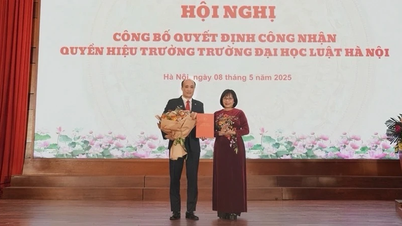
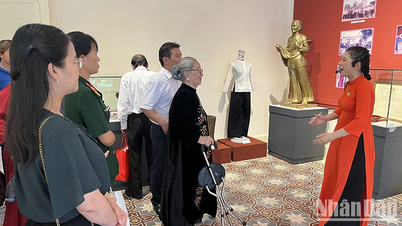








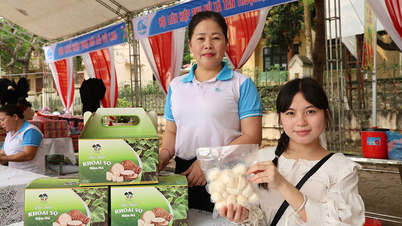






















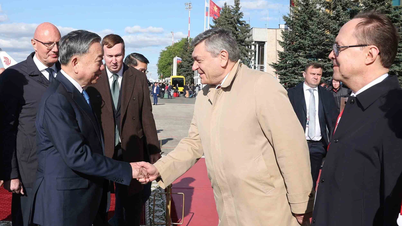














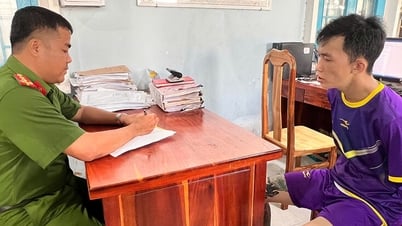



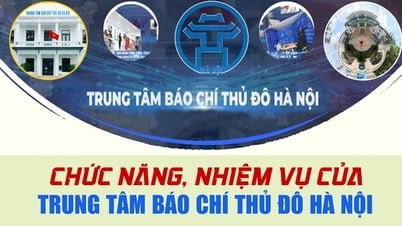

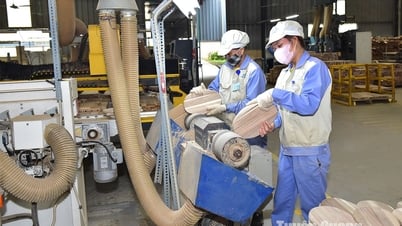













Comment (0)